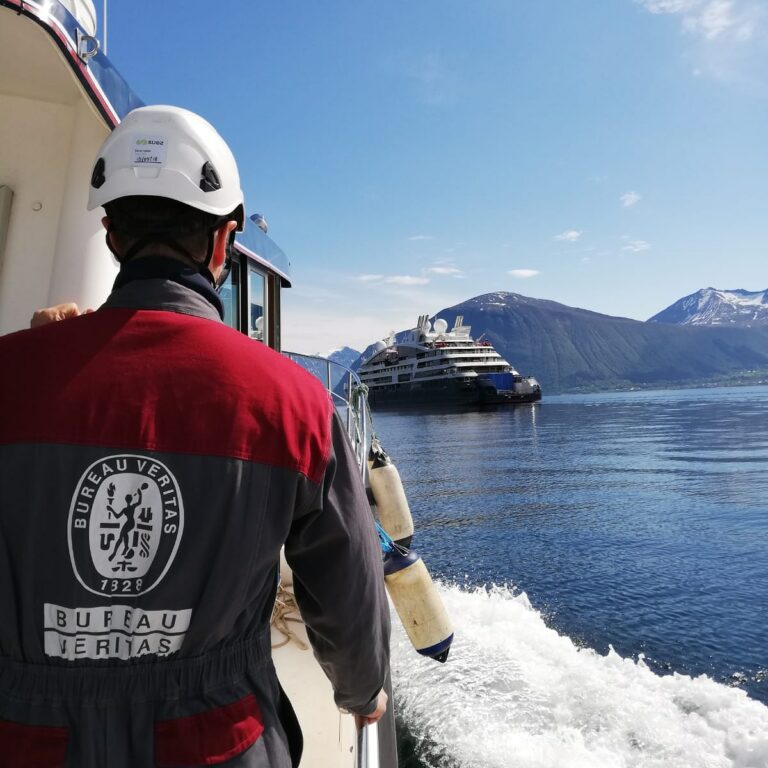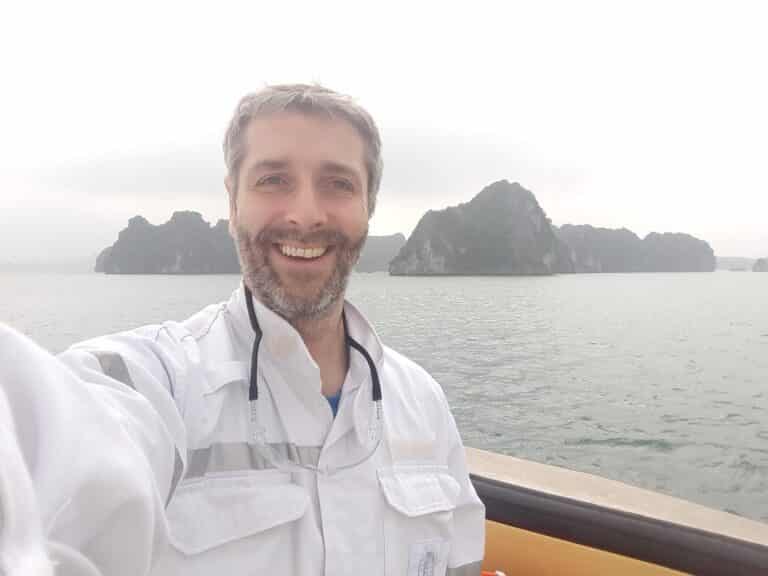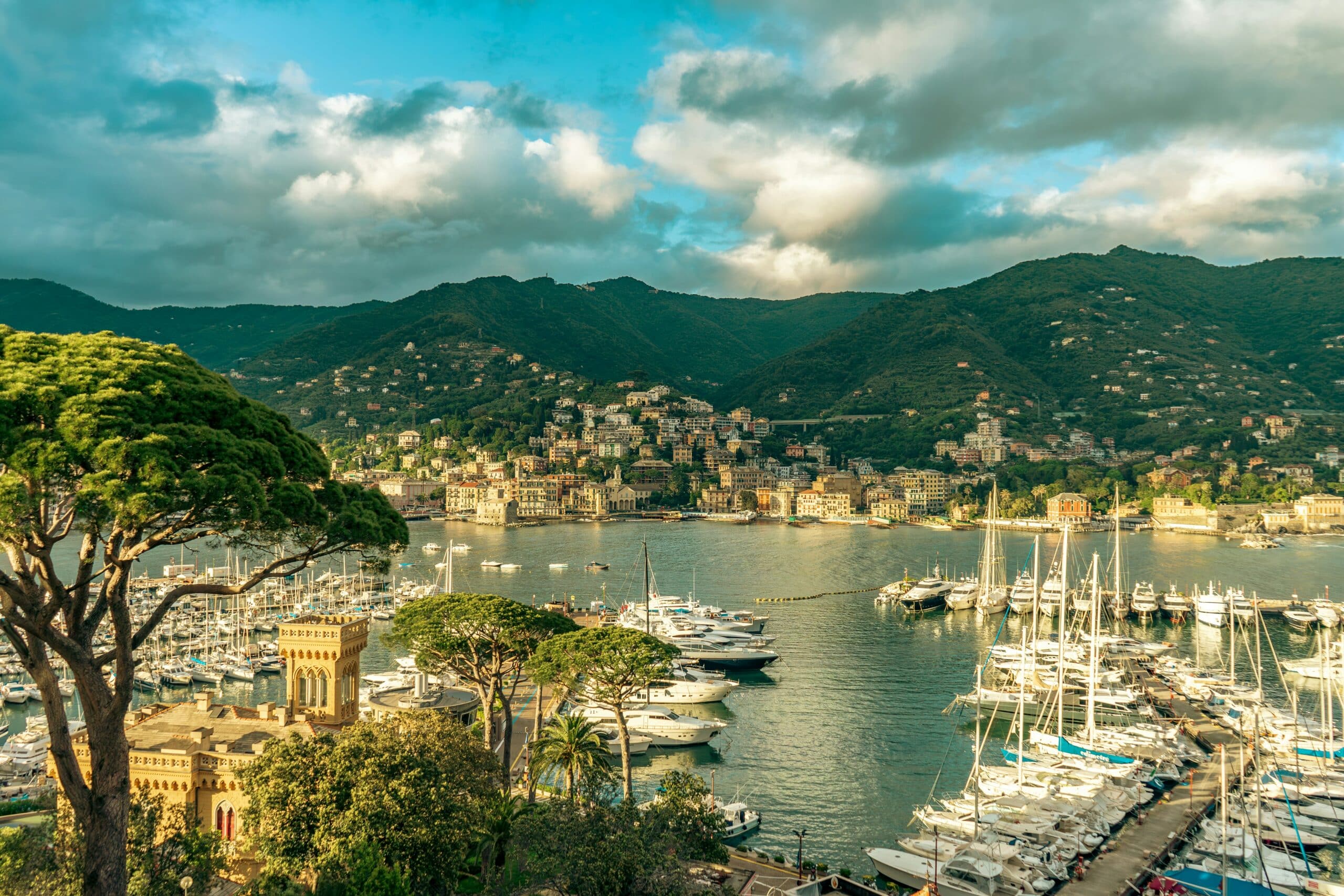Behind the Noise: A Q&A with Bureau Veritas
Bureau Veritas has introduced measurable benchmarks for URN in shipping, encouraging shipbuilders to adopt low-noise technologies and comply with sustainability goals.
Its URN notation enables ship operators and managers to demonstrate the actions they have taken to minimize the impact of noise. In addition to protecting the marine ecosystem, managing onboard sources of noise and vibration can enhance passenger experience and crew wellbeing, and help ship owners prepare for an evolving regulatory landscape. We spoke to Eric Baudin, Innovation – Global Service Line Energy Transition Manager, from Bureau Veritas Marine & Offshore, about the importance of measuring URN.
What has been the reaction to the URN notation in shipping, so far?
Discussions with our clients show that they deeply appreciate the importance of protecting marine life and thus keeping our oceans in good health. The reaction to our notation has therefore been unanimously positive. However, the majority of actions to address radiated noise from shipping have so far remained limited to oceanographic survey and passenger cruise vessels: both vessel types have already gone beyond regulatory requirements to limit their environmental impacts.
Why is it important for other types of vessels, including superyachts, to measure and reduce their URN impact?
To quote Lord Kelvin: “If you cannot measure it, you cannot improve it.” The first step – before deciding what to do and how – is to quantify the baseline of URN emissions from a given ship. Moreover, as the end goal of reducing vessels’ URN is to protect marine life, we have to take into account the contribution of all vessels. This has less to do with the type of vessel – it all hinges on the intensity, frequency and duration of noise that they radiate in a given area or habitat.
What considerations would need to be made when applying the existing URN notation to superyachts?
As with all types of vessels, URN from yachts is primarily related to their propulsion systems (propeller and engines). It helps to carefully consider the propeller design’s geometry and the engine insulation from the earliest stages. Yachts have highly specific operating profiles, and this also needs to be considered. They may spend significant time using onboard hotel load-related machines while at anchor or use thrusters while moving. And these actions would likely generate a different noise footprint that requires its own approach in design and operation.
How would measuring URN differ for superyachts? What are the main challenges in reducing noise pollution on vessels such as superyachts?
Given the unique operational profile of yachts, the URN from yachts at anchor deserves to be measured. This would enable us to understand how it relates to the noise introduced over a long period of time in a specific area, as opposed to the short timeframe of a ship that navigates through the same area.
Compared to other ships, superyachts often have powerful engines and extensive onboard machinery situated close to the hull structure. This can generate significant noise in direct pathways. Measures can be taken to reduce this noise, such as additional insulation – but they can also easily impact the weight, space, and performance of the vessel.
Finding the right balance between noise control and other design priorities is an ongoing challenge but addressing this from the earliest design stages can achieve satisfactory outcomes. On the other hand, reducing noise on older superyachts that were not designed with noise mitigation in mind can be particularly challenging and expensive, often requiring major refits. For those ones, operational adaptations (e.g. Speed reduction) might be easier to implement.
How do you see the marine certification landscape evolving over the next 5-10 years?
Many stakeholders, especially in Europe, seem to be more comfortable with mandatory requirements. But the current IMO guidelines have been very smartly designed to empower everyone to understand the stakes and the key steps of this journey, all while including essential incentives. Therefore, I believe that an index-like approach efficiently combines the science-based quantification and ground-truth rationales needed to evaluate the current situation – as well as a possible prediction of the URN footprint reduction that ships could achieve.
Conclusion
As awareness of underwater noise pollution grows, the yachting industry has a unique opportunity to lead by example. From design innovations to certification and measurement, reducing URN is not only critical for marine biodiversity, it also enhances onboard comfort and futureproofs vessels against emerging regulations.
SEA Index is investing in research on ocean noise and exploring how the yachting community can contribute to collective efforts to protect marine life.
Join us in supporting a quieter, healthier ocean for future generations.
